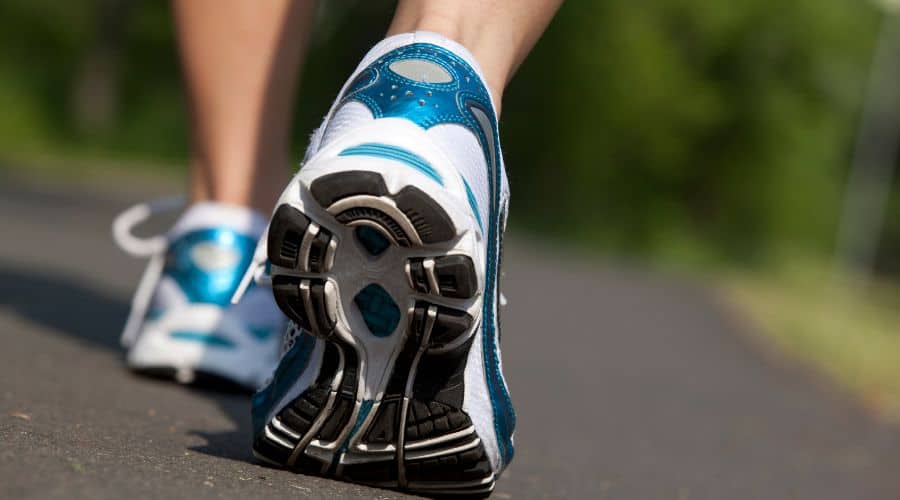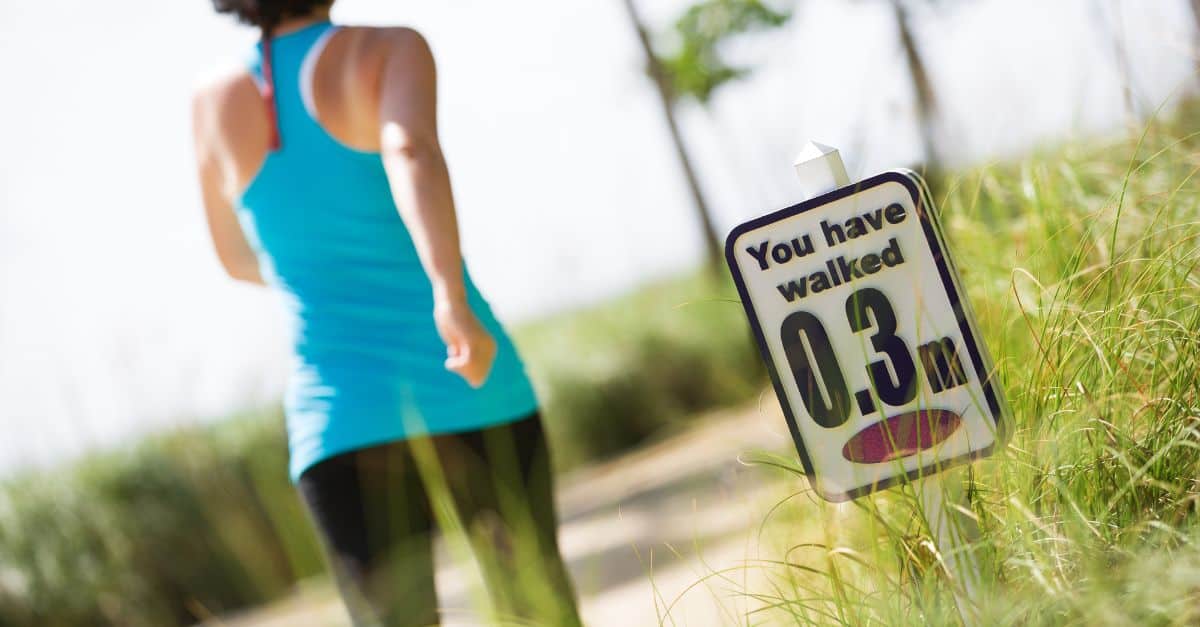I’m not going to lie, I have Peloton to thank for this month’s topic. Many lifetimes ago I used to run. A lot. This current lifetime – not so much. Now, I’m smart enough to know that I could never just pick up where I left off. But sometimes I’d try anyway and wind up hurting, pissed off, or both. So I started investigating the power walking/hiking classes on my Peloton app. And much to my delight/dismay, I was forced to challenge myself more than I had in a long while. I also learned that I am capable of way more than I realized at this point in my old-ish life.
Let’s discuss how underrated and underestimated power walking really is.
The Benefits of Power Walking
- Power walking is a fantastic way to begin or supplement a workout regimen.
- It’s simple.
- It’s free.
- It burns calories.
- It enhances cardiovascular health.
- It is considered a weight-bearing activity for our aging population.
- Power walking promotes overall wellness.
- It can be accomplished without a ton of stress on the joints and body.
- It strengthens bones and muscles.
- It can relieve stress.
- It elevates the mood.
- Power walking can be an immune booster.
What is Power Walking?
Power walking is regular walking, just faster and with more intensity. This translates into more strides per minute and a more aggressive arm swing to help propel the body forward. Also, note that mental focus and concentration are super important to maintain proper form and pace to get the most out of the exercise.

Power Walking 101: Emphasize Good Form to Avoid Injuries
A few things that need to be taken into consideration to guarantee good form, reach optimal aerobic levels, and avoid injury are as follows:
- Good posture. This one is self-explanatory.
- Forward arm swing. Elbows bent, held close to the body, and hands held in relaxed fists to prevent swelling. The quicker the arm swing the more upper body engagement and calories burned.
- Normal foot strike. This means landing on the heel and pushing through the toe. None of this pose-running stuff here. No locking out of the knee either – maintaining a slight knee bend is key to avoiding a hyperextension injury and knee pain.
- Don’t overstride. One of the biggest mistakes people make is that they take super long strides thinking it makes them faster. Nope. Focusing on engaging the glutes while pushing off the back foot and taking shorter faster steps is the move here.
- Relaxed hips. Don’t wiggle or sashay. Keep them moving front and back, not side to side.
How to Start Power Walking
Getting started with power walking is easy.
- Set up for success. Make sure your clothes and your sneakers are comfy and that you’re familiar with the route you’ll be taking if you plan on being outside.
- Ease into power walking on a treadmill. I personally like the idea of getting acquainted with differing speeds and inclines while on a treadmill. This way you’ll get used to what a 20-minute mile vs. a 15-minute mile feels like. The general consensus is that a 15-minute mile or faster is considered a power walk. My opinion is if you’re challenging yourself, if your heart rate is up, if your breathing is heavy, if you’re perspiring – it’s a power walk tailored to you. These things will be different for everyone so start where it works for you.
- Start at a slower pace to prevent injuries. Starting off at too quick a pace will absolutely result in an injury, especially if you haven’t been doing much in the way of exercise. Begin at a relatively slow pace and increase it over the coming days and weeks.
- Build up the frequency and length of your power walks over time. Walking too much too soon is another perfect way to get hurt. You don’t want to try to walk 8 miles every day of the week when you’ve never done this before. Starting with a 10-15 minute walk 2-3 days per week and gradually increasing your time and days is a smart way to go.
- Keep tabs on your distance. Again, this is easy to do on a treadmill, but using a fitness watch or step counter when outside will tell you how far you’ve traveled in a given time. It’s a great way to monitor your progress if you see you’re traveling further in shorter amounts of time. Adding elevation is an awesome way to make walking more challenging. It will not only increase the calories burned but help to strengthen the lower extremities. So embrace those hills when you see them!
- Enhance your workouts with intervals. Try to speed up your pace to where you are moving fast enough to feel like you want to break into a jog-but don’t. Make yourself mildly uncomfortable and remain there for 20 – 30 seconds. Then, slow down to a more happy comfortable walk to recover. Doing this periodically throughout the workout is a great way to increase the effectiveness of the exercise.
For the person who has an injury and can’t run, to the person who wants to run their first 5K, and for everyone in between – power walking is the perfect way to achieve a really good cardio workout without being too harsh on the body. Anybody can do it anywhere and it costs nothing. It’s an excellent form of exercise for people of all fitness levels and can add so many benefits to your overall health and well-being. This is the perfect time of year to get outside enjoy the fall weather and do something good for yourselves!
References
- “Walking: Your steps to health.” Mayo Clinic.
- Walking Versus Running for Hypertension, Cholesterol, and Diabetes Mellitus Risk Reduction. Arteriosclerosis, Thrombosis, and Vascular Biology. 2013;33:1085–1091
- Power Walking: The Whys and Hows of a Life-Changing Exercise Technique. Healthline.
- Walking for health. Harvard Health Publishing.
- “How Walking Can Help You Lose Weight and Belly Fat.” Healthline.


